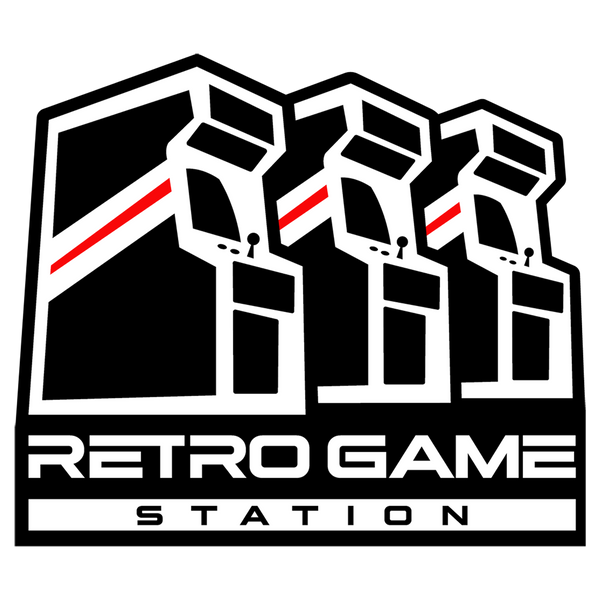
WHY THE SEGA SATURN WAS MORE POWERFUL THAN THE PLAYSTATION
O ne of the favorite disputes among fans of consoles of the past certainly concerns the graphics power of their favorite gaming machines. The fifth gaming generation introduced a crucial breaking point, namely the illusion of depth. Where previously it was only possible to admire more or less accurate drawings supported by 8 or 16 bit hardware, now the introduction of 32 bit and higher hardware allowed three-dimensional elements to be depicted on the screen, certainly approximate and shaky, but certainly innovative and spectacular for the time.
The Console War has always existed and in the mid-nineties the protagonists were represented by Sony with its first PlayStation and Sega with the Saturn. The Sega Saturn was an excellent console capable of remarkable visual quality but many were convinced that the PlayStation was significantly better, especially from a graphic point of view. It was even thought that the Saturn was not suitable for representing three-dimensional graphics. Nothing could be further from the truth.

The Sega Saturn could create even more complex environments and characters than Sony's PlayStation but it was much, much more difficult to program due to considerable hardware complexity that put even the best programmers into a corner. We shouldn't have been fooled by a disappointing porting of Daytona USA, the result of a laborious and poorly refined job, a failure when compared to Namco's conversion of its Ridge Racer. Panzer Dragoon Zwei, Fighting Vipers and Burning Rangers are there to demonstrate remarkable three-dimensional capabilities, in many respects superior to those of the machine produced by competitor Sony.
Higher resolutions, more impactful lighting and effects and in general larger settings confirmed the capabilities of the machine produced by Sega, powerful but difficult to control, a bit like a runaway thoroughbred. These programming difficulties, a confusing and less incisive commercial policy compared to that dedicated to the PlayStation and decidedly higher market prices compared to the competition forced Sega to take action taking refuge in the hope of making an impression with the Dreamcast, a 128-bit hardware absolutely ahead of its time that we will have the opportunity to praise on other occasions.
Just when things were starting to get interesting
This decision led to an early abandonment of the Sega Saturn, which only recently began to be fully understood at a hardware level , with the introduction of a new type of engine that would be exploited by both Virtua Fighter and Shenmue. Traces of this graphics engine remain on Sega's 32 Bit only thanks to a game that is all in all quite harmless if observed with little attention, namely Digital Dance Mix.

It was a dance title, all in all conventional, dedicated to the artist Namie Amuro, who however showed off her claws from a graphic point of view, showing off details and effects that were truly exciting for the time. This was a small taste of what was to come. An RPG inspired by the Virtua Fighter saga had been cooking for some time now, what would later become Shenmue on the Dreamcast , but which was incredibly tested in prototype form on the Sega Saturn, with absolutely stunning results.
We only have a few videos left that show film sequences and game moments, all strictly in real time graphics. The feeling you get is of being faced with something absolutely ahead of its time. The complexity of each element is beyond belief: there is no PlayStation or Nintendo 64 that seems to rival this demonstration of power.

Evidently the management of the Saturn hardware ecosystem had reached such a level of optimization that it could allow the insertion of models and effects of such complexity even in a 32 Bit context. Obviously the comparison with the final product released on the Dreamcast does not hold up but, for the fifth generation that demo was something stratospheric , which suggests how much further the Sega Saturn could have traveled with the right fuel. Unfortunately the same scenario would then be repeated with the unforgettable Dreamcast but that's another story.
The moral of the story is that, as always, power is nothing without control and Sega with its Saturn unfortunately learned this the hard way. After all this talk, however, it is necessary to move on to the facts. Did you know that thanks to our Nemesis Lite 2 console ( with coupon GIO2022 you save 5% ) do you have the opportunity to recover your beloved Saturn and Dreamcast games and run them with a quality that was unthinkable in the past? Try it for yourself dear retro gamer friends!
